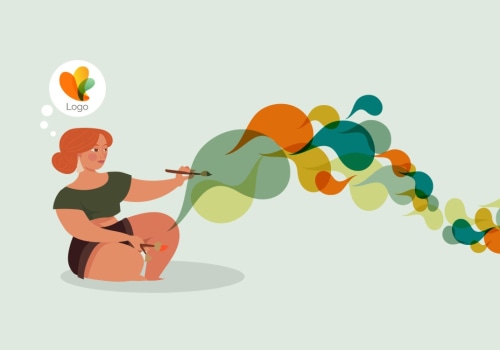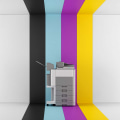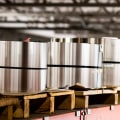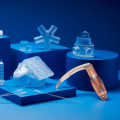Creating a product from conception to completion requires a great deal of attention to detail and an in-depth understanding of the design and production process. The final design and production phase can often be the most critical part of any product launch, as it is the point at which the product is finalized and made ready for the market. This article will provide an overview of the final design and production phase, exploring the different stages involved and how they can impact the success of a product launch. We will look at some of the common challenges faced during this phase, as well as some tips on how to ensure a smooth and successful transition from design to production. The final design and production phase starts with testing the product.
This is done to make sure it meets all the requirements and specifications. The test can be done with physical prototypes or virtual simulations. After the testing is complete, any adjustments can be made to the product. This might include changing the materials used, adjusting the size or shape of the product, or changing the colors.
Once all the adjustments have been made, the product is ready for production. Depending on the product, this could involve manufacturing, printing, or assembly. Manufacturing involves creating parts of the product using machines, such as milling or injection molding. This process is usually used for hard plastic or metal products, such as promotional keychains or pens.
Printing is used for products that require text or graphics, such as t-shirts or mugs. Assembly is the process of putting together multiple parts of the product, such as a USB drive with a printed logo on it. Once all of these steps have been completed, the product is ready to be shipped out to customers. Quality control checks are performed at each step to make sure that the product meets all quality standards before it’s shipped out.
The final design and production phase is a crucial part of the promotional product design process and requires attention to detail to ensure a successful outcome.
Production
Once all adjustments have been made, it is time for production. This could involve manufacturing, printing, or assembly depending on what type of product it is. During this stage, it is important to ensure that quality control standards are met.Quality control (QC) is a process used to ensure that the product meets the required specifications and standards. It involves testing the product at various stages of production, from raw material to finished goods, to ensure it meets the necessary requirements. QC procedures can include visual inspection, dimensional measurements, functional tests, and other tests to ensure the product meets the required specifications. Quality control is essential to ensure that the final product meets customer expectations.
Shipping Out
Once production is complete, the product is ready to be shipped out to customers.It is important to ensure that products are packaged properly and shipped in a timely manner. Proper packaging helps reduce the risk of damage or loss during transit, while timely shipping ensures that customers receive their orders on time. When shipping out products, it is important to use reliable shipping methods that provide tracking and insurance for the items. This will help protect both the customer and the seller in case of any issues. To ensure that orders are shipped out properly, it is important to have a well-defined shipping process.
This involves selecting the appropriate shipping method, packaging the product correctly, labeling the package with the correct address, and providing any necessary documentation. Having a clear process in place will help to ensure that products are shipped out quickly and accurately.
Testing the Product
Testing the product is an important part of the final design and production phase. This helps to ensure that the product meets all requirements and specifications, and that any necessary adjustments can be made before going into production. Testing of the product can involve a variety of methods, such as physical testing, digital testing, and simulations.Physical testing involves examining the product in its finished form to ensure that it meets all of the design criteria. Digital testing includes checking the product's functionality on different operating systems, browsers, or devices. Simulations involve running tests on a virtual version of the product to check for potential problems or bugs. During the testing phase, the team should examine the product for any areas that need improvement or adjustment. This could include making changes to the design, materials, or processes used in production.
It is also important to ensure that the product meets any safety or regulatory requirements. After any necessary changes have been made, the product can then be sent into production.
Making Adjustments
Depending on the results of the tests, adjustments may need to be made to the product. This could include changing materials used, adjusting size or shape, or changing colors. These adjustments should be carefully considered to ensure that they do not affect any other aspects of the product.When making changes, it is important to consider how the changes will affect the overall quality, functionality, and cost of the product. For example, if you decide to switch from using a plastic material to a metal one, it may result in a higher cost but a better-looking product. In some cases, the product designer may need to completely re-design the product in order to meet the desired specifications. This can include adding features or changing the overall design. It is important to make sure that any changes are in line with the customer's needs and expectations.
It is also important to ensure that the changes are cost-effective and do not negatively impact the timeline for production. The final design and production phase is an essential part of the promotional product design process. Testing the product helps ensure that it meets all the requirements and specifications, while making adjustments ensures that any changes are carefully considered. After all these steps have been completed, the product is ready to be shipped out to customers. It is important to understand each step of this process in order to ensure that the end product is of the highest quality. Testing the product, making adjustments, and producing the product are all key components of the final design and production phase that need to be done in order to guarantee a successful outcome.











